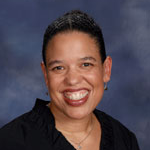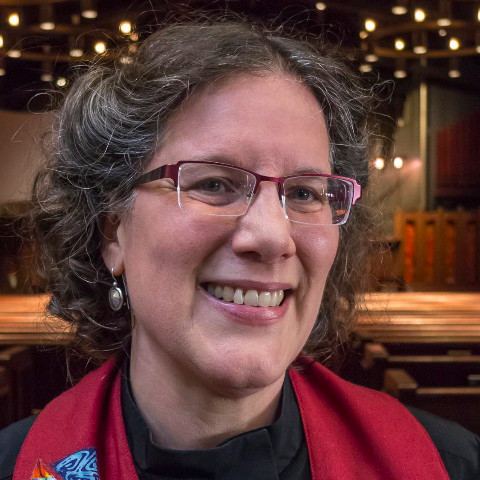Governance
UUCB uses a modified form of Policy–Based Governance, meaning that the Board of Trustees’ job is to set clear policies that reflect the congregation’s vision and mission, and that direct and guide the work of staff and volunteers. Board policies, as well as protocols for the work of the Board, are contained in a Board Governance Manual.
An Executive Advisory Team, convened by the Executive Director (ED), advises the ED and Minister on operational decision making and coordination of staff and volunteer efforts in support of UUCB’s mission and goals. The ED provides regular summary reports to the Board on operational matters.
The Program Council consists of representatives of ten major program areas within the church and meets monthly to improve communication and coordination across programs and provide input to the Executive Advisory Team.
The Bylaws and Board Governance Manual can be downloaded from here:
Download Board of Trustees meeting packets here:

















